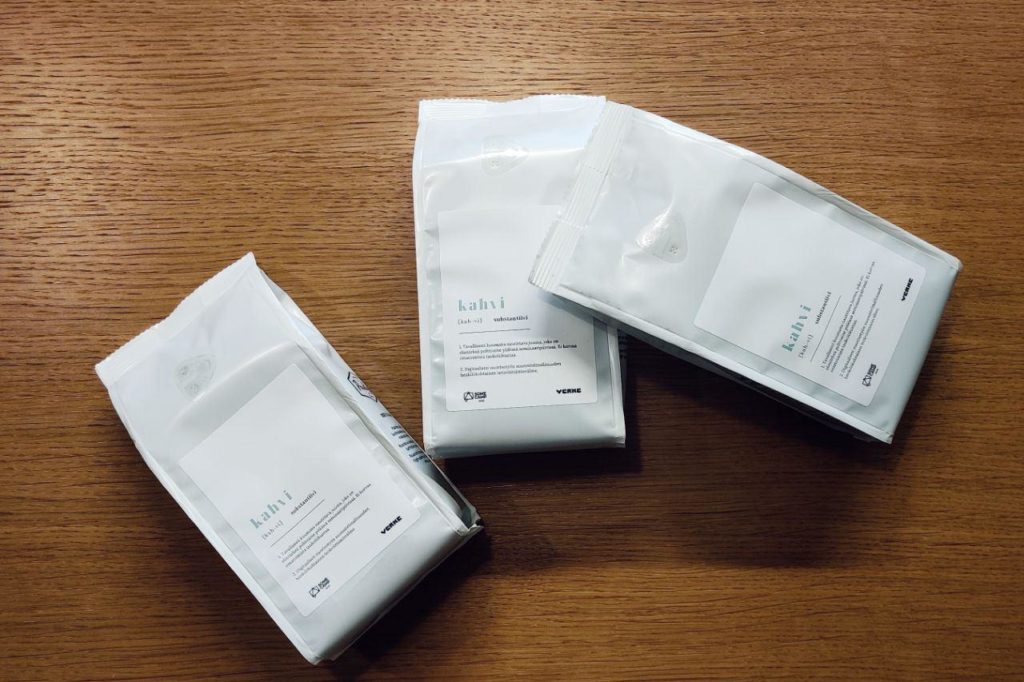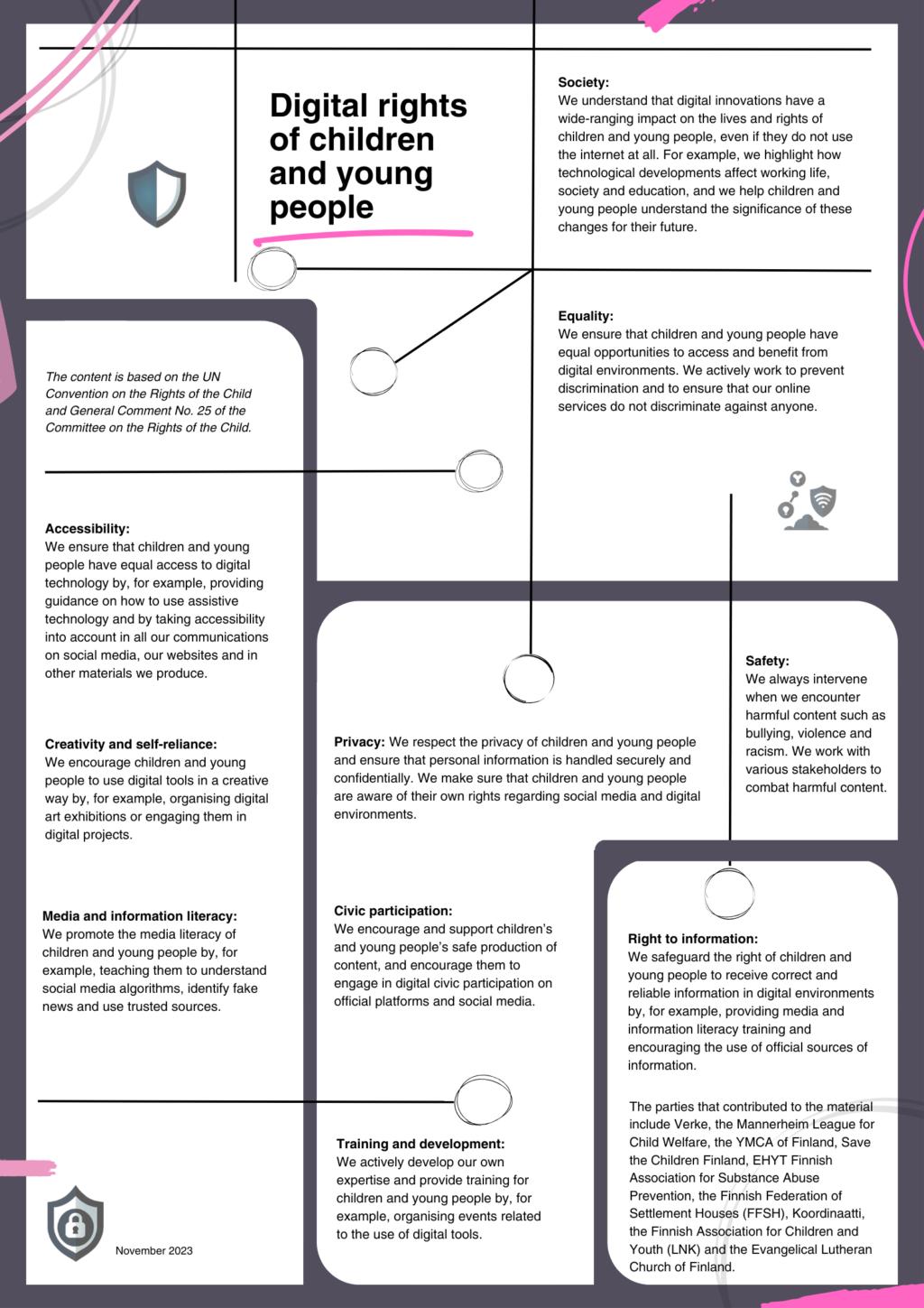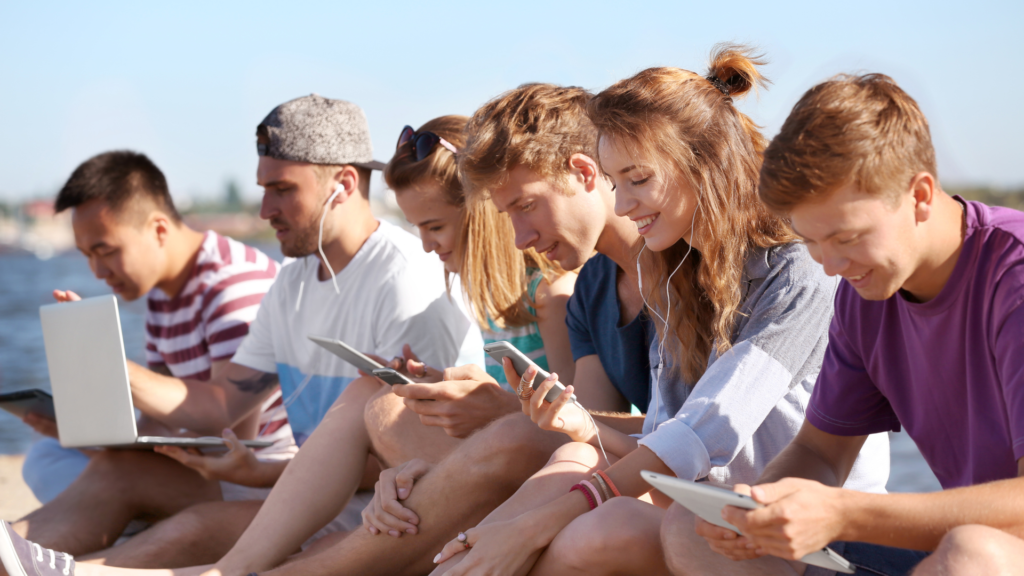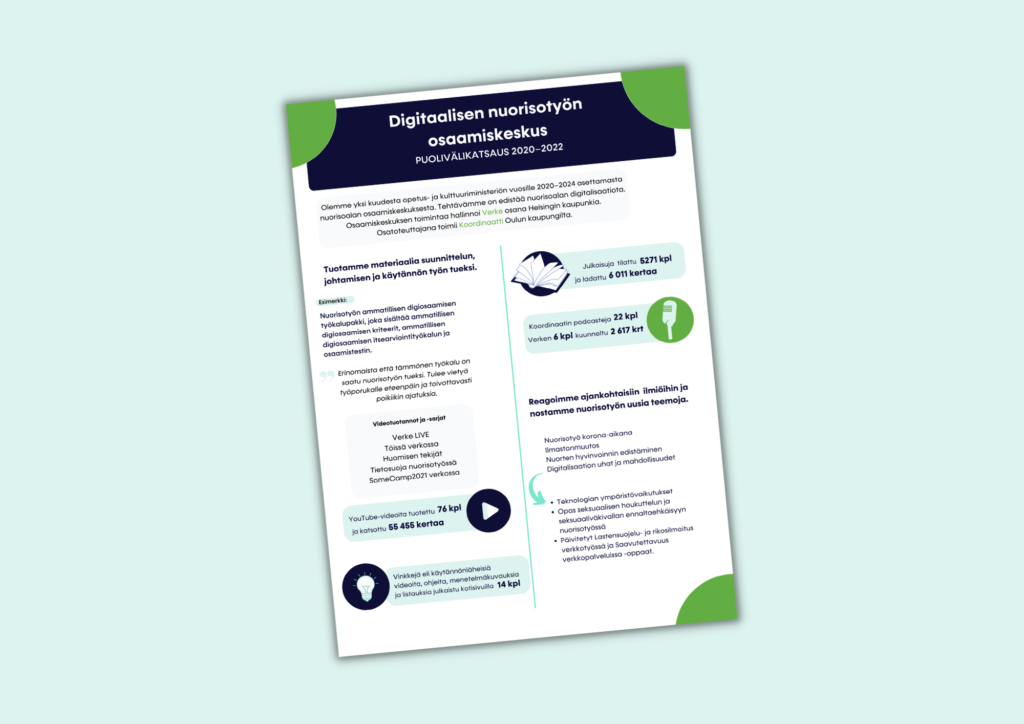“Times are tough, huh, bud?” a phlegmatic dog utters to Donald Duck in Carl Barks’s hilarious story called The Talking Dog. For many of us, this is an apt description of the past year. The coronavirus has affected our daily lives in numerous ways and made many things more complicated. On the other hand, it has forced us to innovate and to examine our services and daily routines from new perspectives. The number of remote connections has multiplied, service users and providers have finally moved online and restrictions have been imposed on face-to-face gatherings. All this was on our minds at Verke in the spring, when we discussed the 2020 SomeCamp event and what to do about it.
Early in the spring, we still believed it might be possible to organise the camp face-to-face in the autumn. In fact, we even picked and reserved a venue for it in Tampere. We had even chosen a theme for the camp. This year, it was to be a more methodical approach to digital youth work. That was what we, too, found ourselves adopting, since we ultimately concluded that the event format had to be changed.
Changing up the game
In late April, it became clear that there was no point in organising a traditional face-to-face event, not even in the autumn. We cancelled the facility reservations and partly redesigned our programme to make it better suited to the online environment. In May, we publicly announced that the event had a new concept and would take place online.
Transferring SomeCamp online was a big challenge, but it also gave us the freedom to examine the event and its structure from a whole new perspective. We consulted a number of parties for advice on organising online events and received helpful tips on practical aspects, such as the duration of breaks and the provision of advance instructions. What we especially grappled with was how to make the event, which consists of numerous separate entities, as clear as possible for the participants. In addition, we wanted the programme to be interactive and ensure that its content was also interesting. Not a particularly easy task, in other words!
Programme and speakers
We knew what our biggest challenge would be in advance: how to enable the informal, free discussions and networking that are characteristic of SomeCamp. We immediately realised that a large group of participants would probably be more difficult to control and engage online. This gave us the idea of small groups that met weekly. In these groups, the participants got to dig deeper into their chosen topic, as well as get better acquainted with the other participants through their joint efforts. The topics for the three groups were digital technology in group activities, social media, and bots in youth work. During the actual activities, each of the groups was further divided into smaller subgroups.
Once a week, the participants met to work on the chosen topic, first as a large group to examine the big picture, and then in smaller subgroups to work on the details. The groups were led by Verke’s staff members, who were given free rein to decide how to steer group activities during the four-week period (30 September–21 October 2020). The group members got to decide how much time they spent on the tasks and how they maintained contact outside the official programme.
We decided that SomeCamp 2020 would end with an “intensive” session (the name reflecting our wish to also provide some more intensive programme). Since the accommodation and logistics expenses were nearly zero, we were able to offer the event for free to everyone, as well as invest more in speakers and supplementary material.
We opted for speakers from outside the youth work sector. The idea was that the topics brought up by the speakers could be applied from a youth-work perspective. Our keynotes were built around the theme of a methodical approach and how to make it visible.
The purpose of the intensive session was to bring the participants closer to the event and offer them different ways of engagement. To do this, we agreed with each speaker that their talk would be followed by a Q&A session where everyone could ask questions. To our great delight, the participants were very active in this respect.
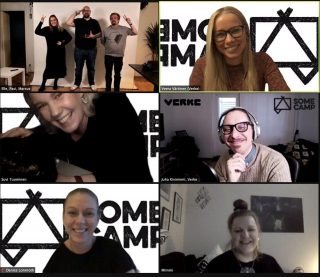
Methodical approach in the background
Verke’s staff have found that digital approaches often remain sporadic and are not taken comprehensively into account in youth work. This is why we found it important to discuss the idea of a methodical approach from the perspective of digital youth work. Approaching activities methodically gives us space to analyse digital aspects more comprehensively and examine them in view of, for example, the strategic goals and action plans of one’s own organisation as well as the activities of collaboration partners. This helps eliminate unnecessary overlaps in activities and pursue the objectives of one’s own organisation in a focused manner. This applies to all areas of youth work. A methodical approach also has a positive impact on aspects other than digital youth work.
Throughout SomeCamp, the participants also had the chance to engage in more advanced exercises related to the methodical approach. The ideas collected during group activities were the source of in-depth analysis at the intensive session. Our goal was to further develop the ideas and observations that emerged during group work.
Small measures brought us closer to the participants
It was important for us to communicate to participants that SomeCamp was our joint effort. Since the event has traditionally been a camp, we sent a compact survival pack to the participants in advance, which contained morning coffee or tea, depending on the participant’s choice, as well as some supplementary material and other seminar accessories. In this way, we also offered optional refreshments for the intensive session.
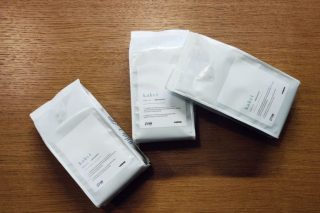
We also wanted to have an evening programme for this very same reason. Despite the new concept, we felt it was important to offer some familiar SomeCamp elements. This also allowed us to answer the participants’ wishes for a quiz, which has been something of a tradition at SomeCamps. Based on the feedback, some of the participants were too exhausted to take part in the evening programme after the long daytime activities, which is only natural. In the future, planning a tighter timeframe for the programme and including informal activities in the days are certainly ideas worth testing.
Under the hood
We had already decided to offer approximately the same number of spots for participants as we normally would at a live event. We ultimately opted for 50 spots, and subsequently ended up offering a few more. It was great to see that the camp filled up nearly as quickly as it has in previous years. There was clearly a demand also for an online version of SomeCamp!
Moving the event online presented a number of challenges related to presentation, communication and the distribution of information. The chosen video-meeting and other services were closely scrutinised during the planning stage. The number of potential participants was one of the main criteria when choosing the most suitable platform. It was also important to find a service that was easy to use. In addition to traditional email and social media applications, we chose to use Zoom, Discord, LineUpr and Google sheets, docs and Jamboard at SomeCamp. Most importantly, we wanted the event to be as smooth an experience as possible for the participants.
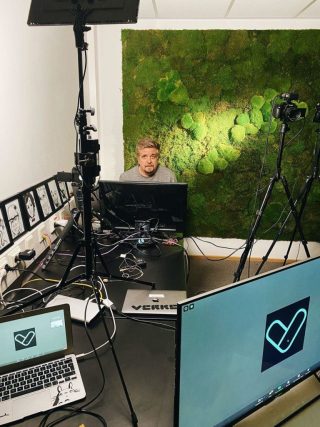
Although we felt the event was a success and, in terms of technology, looked outwardly good, we have plenty to improve, assuming that we continue to organise events online. Scheduling was clearly an area to improve, based on our own assessment as well as on feedback from our participants: there was either too much or too little time.
Clearly indicating the schedule and roles in the organiser’s script would make a big positive difference in this respect. Even though our internal “team script” included an outline of the schedule and roles, we could have described these in even greater detail. The more details, the better. Based on the feedback we received, we would also modify the programme. We now have a better grasp of the amount of time that each section takes and the types of tasks that require the group leader to provide instructions or be active in other ways.
Technology and related resources were a crucial part of the anatomy of our event. As this was a remote online event, presentation technology and connection management were the most important elements in this respect. Unfortunately, we encountered technical problems along the way, even though we thought we had tested and ensured all aspects in advance. Based on our experience, we would now allocate one person fully to a technical role and another fully to digital facilitation. One alternative would be to outsource streaming and running the platforms, which would allow Verke to focus on the content.
It was interesting to observe that the emphasis was on different aspects of event organisation now that SomeCamp was organised online instead of in the traditional way. Since nearly all of us employees also worked remotely, we had to keep a close eye on all the different means of communication to remain in touch with both the participants and our colleagues. At an online event, it is impossible to pull someone by the sleeve or exchange ideas when meeting spontaneously in the hallway.
The theme of SomeCamp 2020 was the methodical approach. Testing, feedback and further development are part of tha approach. We have received a great deal of feedback and have also discussed our own experiences and thoughts about the event. We will now engage in further development and decide on the future of SomeCamp soon after the beginning of the new year. If we decide to organise a new event, we must get busy with planning and organising in the spring.
